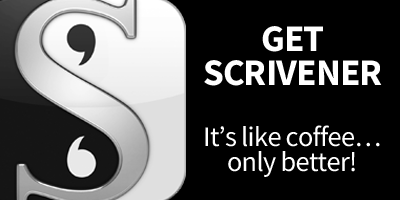A lot of people think it’s difficult to learn how to write a book… but the reality is, writing the book is probably the easiest part. What follows is what can lead you to pull your hair out, mutter incessantly under your breath and for all intents and purposes, display some mildly crazy behaviour!
If you struggle with the actually writing part though, what I’ve just said probably feels like a slap in the face. You’re thinking, “Writing isn’t EASY. It’s HARD! I’d rather deliver a speech than sit down and write…”
And that is exactly how you’ll get your next book written. You’re gonna speak it.
Pat Flynn, from Smart Passive Income, is a writer, but he’s also a speaker, and in his experience, he can speak a lot faster than he can write, so his current book that he’s working on, has all been spoken into existence…
Sound a bit airy fairy to you? We know. Personally, I’m not a speaker and the physical act of typing words onto a screen is what kicks my creative juices flowing… but we know that for some, speaking comes easier.
So if you’re sitting there thinking you’d like to try your hand at speaking your book, then keep the following in mind:
- What do you do for a living? Are you talking to people all the time, or communicating mainly via written word?
- When you’re problem solving, do you find you tend to talk it through, or write down the pro’s and cons?
- Do you do you’re thinking out loud, or within your head?
If you tend to lean more towards talking than writing, then speaking your book into existence could be your best option.
Your Game Plan for Speaking Your Book
#1: Nail down your outline/plot
Regardless of whether your writing a non-fiction or fiction book, you need to know how your book is going to be structured.
For non-fiction writers, that means you need to have a very clear outline of your chapters and a little summary about each chapter so that when you sit down to speak your book, you’re not sitting there trying to figure out where to start.
If you’re writing a fiction book, you need to make sure that your story structure is in place, that your plot makes sense and your characters aren’t running around in circles. You can make sure your story is all set by utilising the 4-part story structure, which you can download here: https://authorbasics.com/writing-tools/writing-software/ (MS Word and Scrivener templates available).
#2: Use the right recording device
Keep it simple. You don’t need anything too fancy, unless you’re planning to use the audio version as a giveaway/freebie/reader magnet!
If you’ve got a smartphone, you can use this to record your book. Alternatively, if you’d rather use your computer, there are plenty of free programs out there and our recommendation is Audacity. This is free for both Windows and Mac computers, so you’ll have no problem grabbing it.
Stick with your phone if you’ve never used recording software before, it can be a little daunting!
#3: Speak like you’re talking to a friend
When you’re ready, find a quiet space to record your book. Use a microphone or your headset to ensure you reduce the amount of noise being picked up.
Make sure you have a glass of water handy and your outline and then start speaking as if you were chatting to your friend. You want to keep it flowing and easy to understand. Now, this is mainly for non-fiction authors.
Fiction authors, speak your book as if you were reading it to your target audience. This allows you to get into character! Stick to the 4PSS and you can’t go wrong.
Take breaks as you need them and stay hydrated. If you found you’re getting a dry mouth, take a couple of bites of an apple, this tends to loosen up your saliva and rehydrate your mouth more than a glass of water can.
#4: Get your recordings transcribed
There are a few different ways you can get this done. You can sit there and transcribe the recordings yourself… but we wouldn’t recommend that! Instead, the fastest way is to pay someone else to do it for you!
You can jump on fiverr.com and find someone to do a straight transcription, as in they type exactly what they hear. This is a cost effective option. The other (and faster) option is to use rev.com. They will turn your transcription around in 24 hours and pricing is $1 a minute, so you will know up front how much it’s going to cost you.
#5: Refine, refine, refine!
Once you’ve got the transcription back in your hot little hands, it’s now time to refine and do a self-edit. This is the fun part, because now you get to read the book for the first time and add your 2 cents worth. You’ll also be able to quickly see what doesn’t work and move things around, particularly if you import the file into Scrivener!
And that, my friends, is how you speak your book into existence! It sounds easy, but for those of us that prefer to write, it seems more daunting than easy.
Have you ever considered speaking your book? Have you tried it? Tell us about it in the comments below or leave your thoughts in the Facebook group (members only)!


